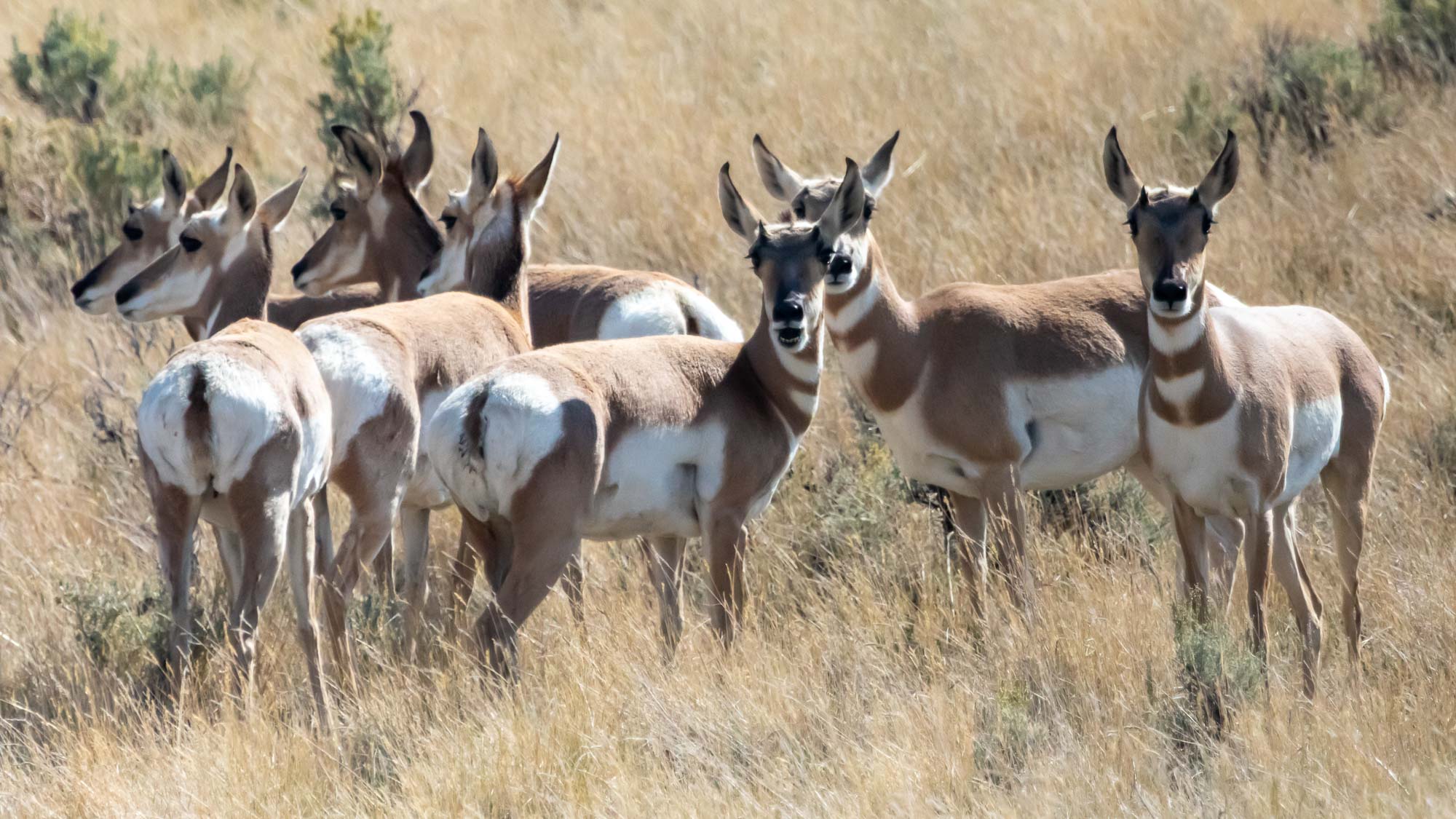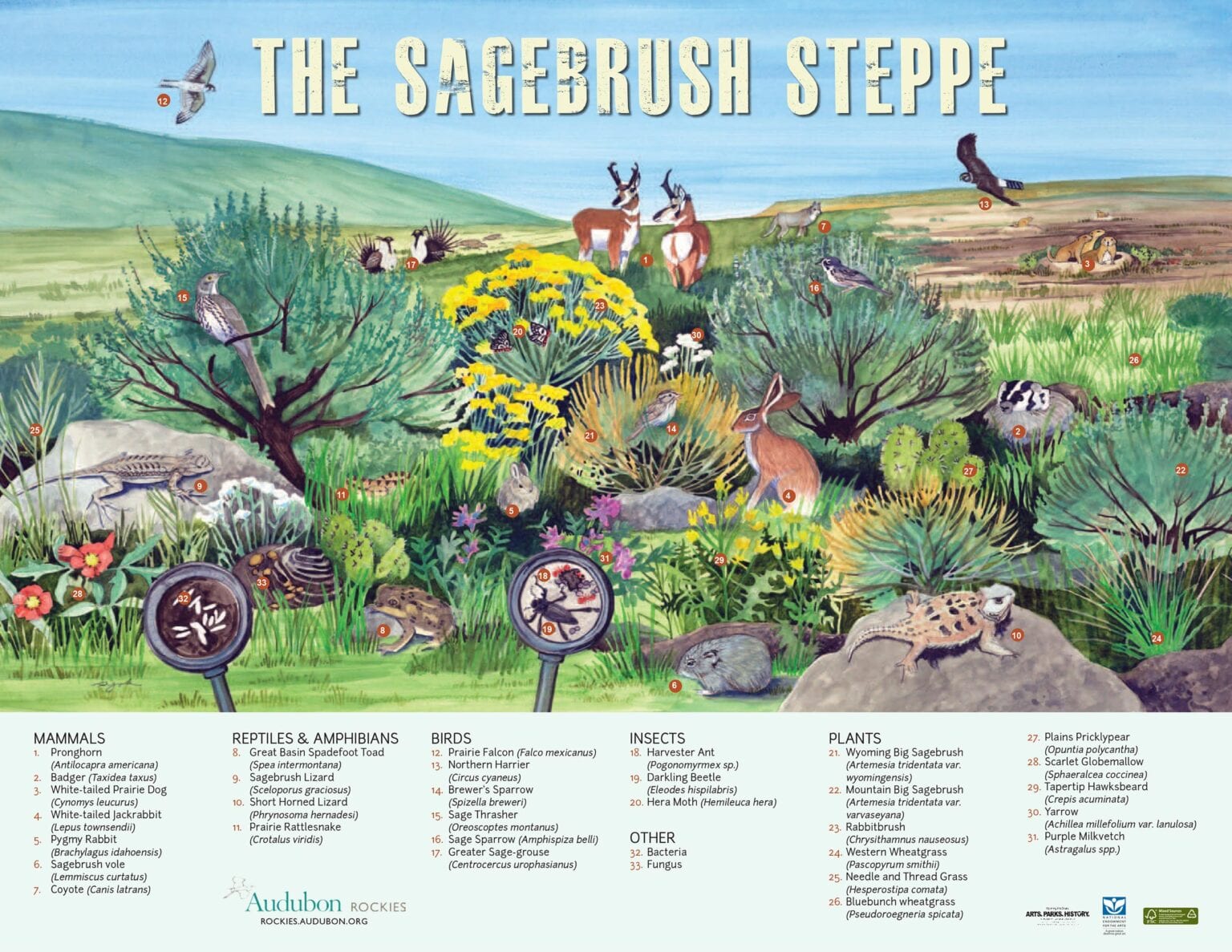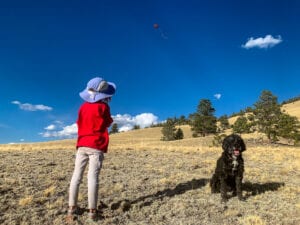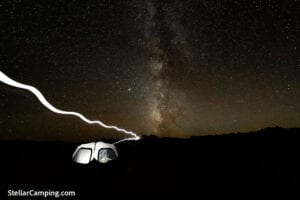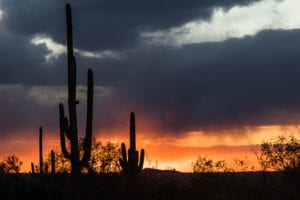If you like to camp and take road trips in the American West, you’ve surely run across sagebrush frequently. Sagebrush may seem at first blush a rather ho-hum plant, but in fact it plays a critical role in Western ecology.
Sagebrush is an emblematic plant of the West, covering 165 million acres across 14 states ranging from Washington to New Mexico. Its leaves are a source of food for deer, pronghorn antelope, elk, jackrabbit, bighorn sheep, and birds—in fact, hundreds of species depend on sagebrush.
Multiple species and subspecies of sagebrush grow in the West. The plants can reach 100 years old. Their longevity is somewhat surprising given their diminutive height (the plants usually stand less than 2 feet high). Sagebrush tap roots extend 1 to 4 meters into the ground. Ingeniously, these roots lift deep soil moisture to near the surface during the day and at nighttime release the moisture, which is then available for the plant’s own diffuse root system as well as roots of nearby plants.
People have made extensive use of sagebrush. The Navajo have used it to treat headaches, indigestion, and fever, among many other ailments. Settlers in the West found sagebrush useful for treating bullet wounds, while cowboys used it for cologne. Some people have sought relief from the flu by steeping the leaves in tequila and sipping frequently!
Sagebrush is so iconic to the American West that the plant appears on the state flag of Nevada. Yet sagebrush landscapes are changing as homes are built, oil and gas drilling expands, and wildfires burn with increasing frequency. After wildfires, invasive species that are less favorable for native wildlife, like cheatgrass, often replace sagebrush.

